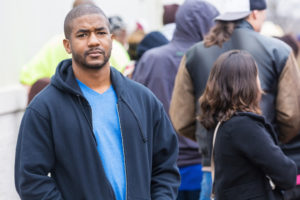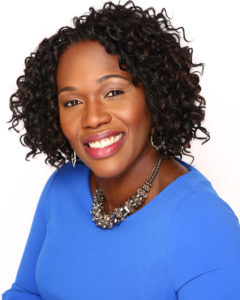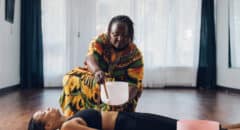
Do you feel sadder in the winter? Are you more tired and tend to socialize less? If you answered yes, you might be suffering from SAD.
Seasonal Affective Disorder otherwise known as SAD, is a type of depression that comes and goes with the seasons. It typically starts in the fall and early winter and ends in the spring and summer. SAD can also occur in the summer, but this is much less common than winter episodes.
While it is very common to have at most modest seasonal changes in mood and behavior in the general population, individuals with SAD are much more affected. Approximately half a million people in the United States suffer from SAD, while 10-20% may experience the milder winter blues.
The symptoms of SAD are the same as non-seasonal depression. Depressed people feel sad, down, hopeless or cranky most of the day, nearly every day for at least 2 weeks. They also no longer enjoy or care about doing the things they used to like to do. Depression can also make you forget things and feel confused, move and speak more slowly than usual and think about death or suicide.
People with fall-onset SAD also tend to:
-Sleep more than usual
-Have low energy
-Overeat and especially crave carbohydrates
-Gain weight
-Withdraw socially (hibernate)
SAD is four times more common in women and in younger adults compared to older adults. It typically starts between age 20 and 30 years. If you have a family history of depression or suffer from depression yourself, you are also at a higher risk.
The causes of SAD are still unknown, but some thoughts are it is due to a decrease in serotonin which is a key brain substance involved in mood. Darkness also increases melatonin and the higher levels of melatonin which occur in the shorter winter days lead to increased sleepiness and lethargy. Another theory is that the lack of sunlight affects the circadian rhythm which is the body’s internal clock that regulates mood, sleep, and hormones.
There are a few ways to treat SAD which can be used alone or in combination depending on the severity of the depression.
1. Light Therapy
Light therapy involves sitting in front of a lightbox for about 20-60 minutes in during the day from the early fall until spring. You should not do this on your own but with the help of a doctor or a counselor who knows how to give the therapy.
2. Counseling (Psychotherapy)
Cognitive-behavioral therapy is the type of counseling that helps with SAD. Negative thoughts are identified and replaced by more positive thoughts. Individuals are also encouraged to participate in activities that are pleasurable to improve coping with winter.
3. Medication
Antidepressants such as Selective Serotonin Uptake Inhibitors (SSRI’s) are used to treat SAD. You should discuss the possible risks and side effects of taking these drugs and may need to try several different antidepressants before the right one is found.
4. Lifestyle Changes
There are things you can do on your own such as daily walks outside, even on a cloudy day, as well as at least 30 minutes of aerobic exercise most days of the week. It’s also recommended that you practice good sleep hygiene by going to bed and getting up the same time every day, avoiding alcohol, and avoiding phone or device usage in the late afternoon, evening and bedtime. You can also place a lamp on a timer in your bedroom and have it turn on early in the morning, even before the sun comes out.
If you have the symptoms of SAD, you should see a doctor, nurse or counselor so you are started on a treatment plan as soon as possible.
 Physician, Health and Wellness expert, Coach, Author and Speaker! Dr. Kelly Wood, MD is board certified in Internal Medicine as well as Endocrinology, Diabetes and Metabolism. Beyond the stethoscope, Dr. Kelly is recognized as “The Bounce Back Coach,” helping high-performing women to bounce back from failed relationships, rebuild their self-esteem, and reclaim their identity. Follow me on social media @drkellywoodmd or connect with me at [email protected]
Physician, Health and Wellness expert, Coach, Author and Speaker! Dr. Kelly Wood, MD is board certified in Internal Medicine as well as Endocrinology, Diabetes and Metabolism. Beyond the stethoscope, Dr. Kelly is recognized as “The Bounce Back Coach,” helping high-performing women to bounce back from failed relationships, rebuild their self-esteem, and reclaim their identity. Follow me on social media @drkellywoodmd or connect with me at [email protected]






